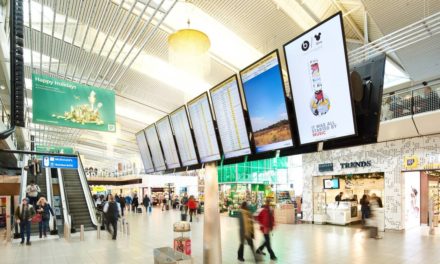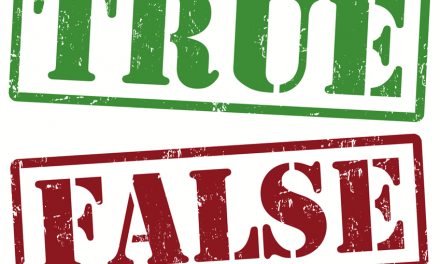Frances Weston, Managing Director of Richmond business Econocom UK, gives some practical advice about how to improve cash flow during the current crisis
We are facing a global pandemic crisis. Its impact on our social and economic life is tangible every day and financial markets have become extremely volatile. More and more companies have been forced to stop production and apply for temporary unemployment. Many are also confronted with invoices that remain unpaid or for which deferred payment is requested. This all has a negative impact on your cash flow.
In addition, we have all switched to remote working, which has generated unforeseen investments (laptops, licenses, collaboration solutions).
Due to declining revenues, fixed costs and deferred payments from customers, lack of cash has become a big problem.
Have you recently purchased any equipment? Do you really need to own all the assets on your balance sheet; Is ownership the best option in these difficult times? Or does generating cash currently offer greater added value?
If you wish to get a cash injection, a Sale and Lease Back facility may be useful.
But what does this really mean and when should it be used?
What is a Sale and Lease Back?
Sale and Lease Back is a financing solution: you have purchased assets that you are already using, and you sell them to a financing partner, such as Econocom, who will immediately lease them back to you.
It is a simple way to generate immediate cash from your own assets.
What are the benefits?
- Release the capital which was ‘trapped’ in your assets, and deploy it towards investments with a better return rate
- Get an immediate cash inflow to improve your cash position at this critical time of year
- Enjoy a simple monthly fee for your equipment and full usage of your assets
- Invest your cash back in core activities
- Gain a competitive advantage by becoming more agile
What assets are eligible?
All assets (hardware, software, services) are eligible, including Mobiles, Laptops, CCTV, Self-Check-Out, Payment Solutions, Refrigeration, Gym Equipment, Lighting, Security, Lockers etc.
How does it work?
- List the assets you want to sell to your financing partner
- Group your assets into categories: aged assets, large quantities, assets used by your customers
- Determine the net book value of these assets
- Include assets with a book value of £0, as it is easier to tranfer a complete fleet to a third party than a partial one
- Collect all supplier invoices for the assets to be disposed of, to prove that everything has been duly paid
- Send your financing partner an invoice with your net book value
- Make sure you make the best use of the cash generated
Extracted from the blog BeRichmond


















